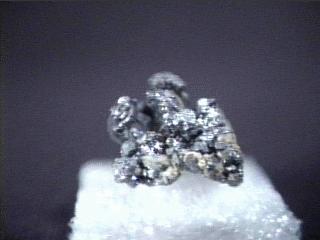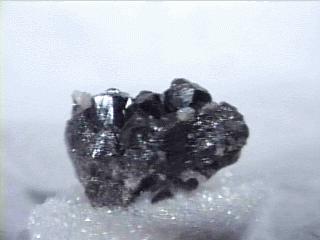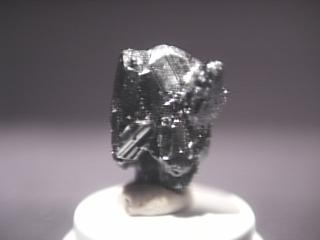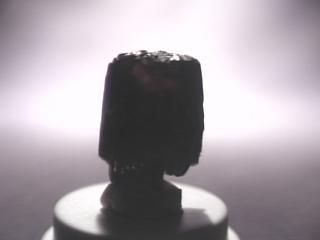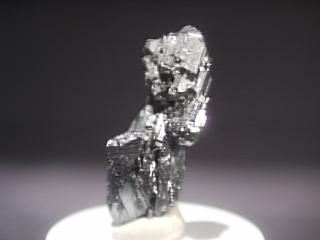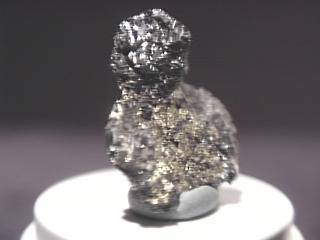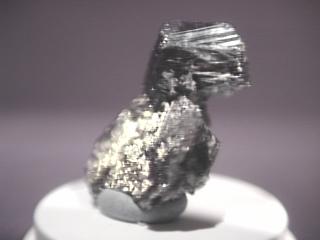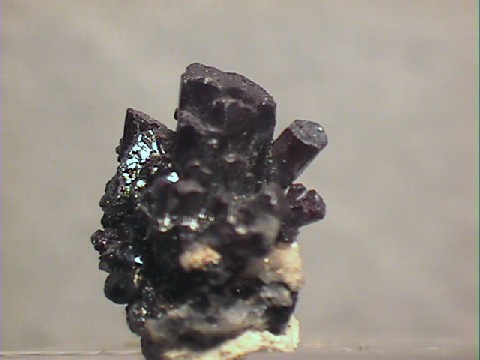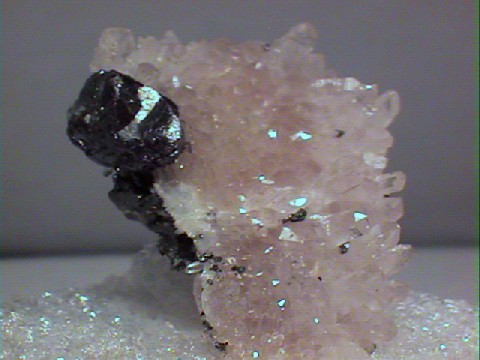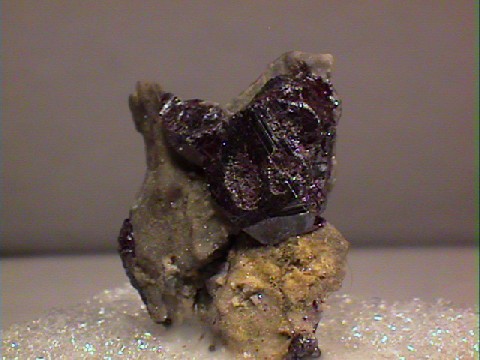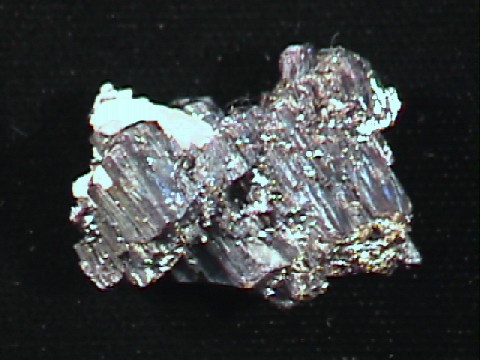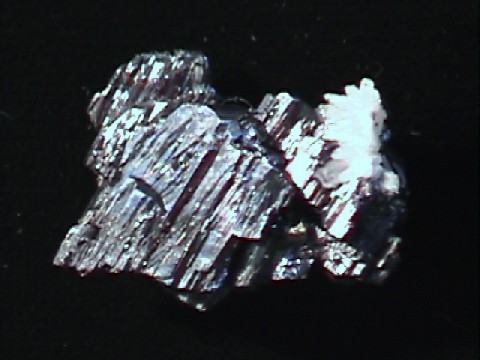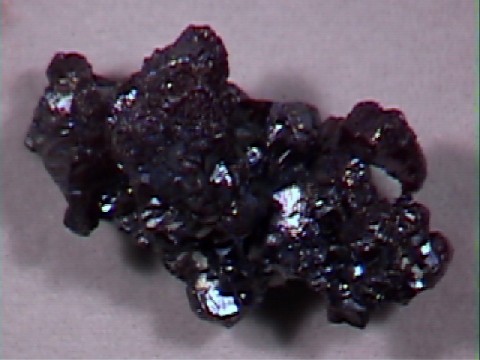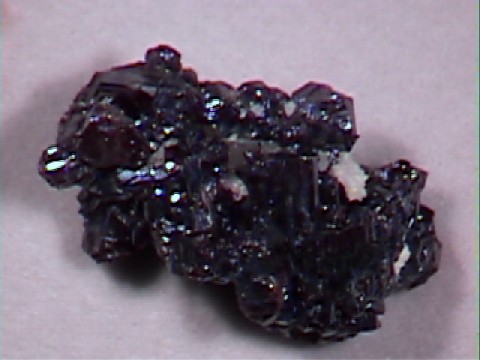 THE MINERAL PYRARGYRITE
THE MINERAL PYRARGYRITE
- Chemistry: Ag3SbS3, Silver Antimony Sulfide
- Class: Sulfides
- Subclass: Sulfosalts
- Uses: an ore of silver and as mineral specimens.
Specimens
Pyrargyrite is isostructural with proustite, a silver arsenic sulfide. Isostructural means that the two minerals have the same structure but a different chemistry. There is some substitution of the antimony and arsenic. But in both minerals, the substitution is minor and no solid solution is believed to exist between the two minerals.
Pyrargyrite is the more common of the two minerals and is usually found in the same ore veins with proustite, silver and other silver sulfides. Its crystals can be striking and very attractive. However, as with other silver minerals, it is reactive to light and can darken upon exposure, and a translucent specimen can quickly become essentially opaque. Therefore, fine specimens should be stored in closed containers with exposure to light limited.
PHYSICAL CHARACTERISTICS:
- Color is a dark red to red-black.
- Luster is adamantine.
- Transparency crystals are translucent to nearly opaque.
- Crystal System trigonal; 3m
- Crystal Habits: include prismatic crystals with rhombohedral and scalenohedral faces forming terminations. There is no perpendicular mirror plane and therefore a hemimorphic crystal can be seen, in some rare examples, with differing terminations at the top and bottom of the crystal. Typical crystals are poorly formed and modified heavily by secondary faces. Also found massive.
- Cleavage is sometimes distinct in three directions forming rhombohedrons.
- Fracture is conchoidal.
- Hardness is 2.5
- Specific Gravity is approximately 5.8 (very heavy for translucent minerals)
- Streak is a dark cherry red.
- Associated Minerals include
proustite,
silver,
tetrahedrite,
calcite,
argentite . quartz, galena, sphalerite and other silver vein minerals. - Other Characteristics: darkens upon exposure to light and crystals are frequently striated.
- Notable Occurances include Atacama, Chile; silver mines in Saxony Germany and in Colorado, USA and Cobalt, Onatario, Canada.
- Best Field Indicators are crystal habit, density, association with silver sulfides and color.

